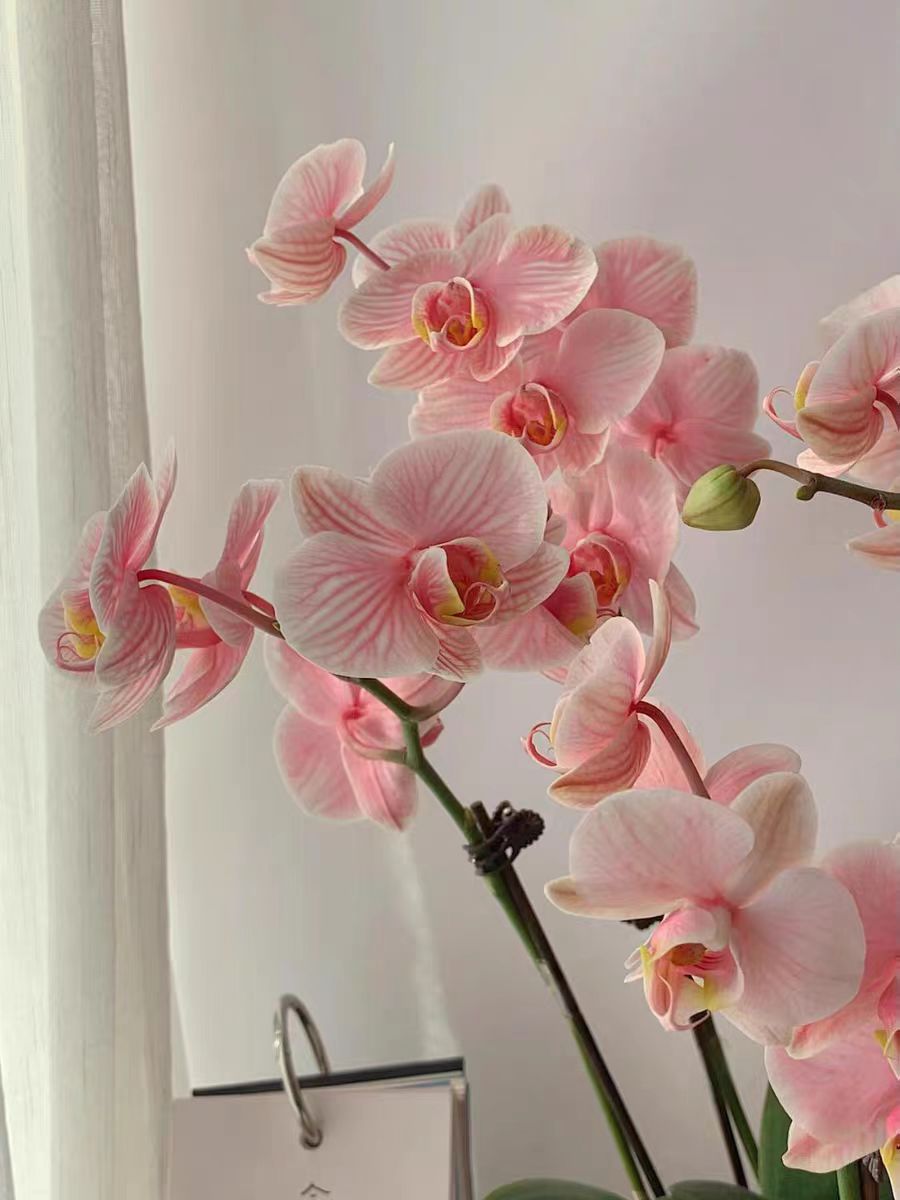When we obtain new Phalaenopsis seedlings, the most pressing question is how soon they will bloom and how many years it will take for them to showcase their stunning beauty. Understanding the timing patterns of new seedling blooming not only allows us to be more patient during cultivation but also helps us adopt targeted maintenance measures to encourage early flowering.
The blooming time of new Phalaenopsis seedlings is influenced by multiple factors. Generally, if starting from tissue-cultured seedlings, it typically takes 2–3 years for the first bloom. Tissue-cultured seedlings are raised in a sterile laboratory environment and are initially weak, requiring a long vegetative growth phase to accumulate sufficient nutrients for blooming. During this period, the new seedlings will continuously grow new leaves, and their root systems will gradually strengthen, preparing for future flowering.
For new Phalaenopsis seedlings that have already been cultivated for some time—such as those approximately 10–15 cm tall with 3–4 healthy leaves—they may bloom after 1–1.5 years of proper care. These seedlings have completed part of their vegetative growth in previous cultivation, providing a foundation that shortens the time to bloom.
In addition to the seedling’s growth stage, maintenance conditions play a critical role in blooming time:
Temperature: Phalaenopsis prefers warm environments, with an optimal growth temperature of 15–30°C. During the flower bud differentiation period, 15–18°C low-temperature stimulation for 2–3 weeks is required to promote flower bud formation. Excessive or insufficient temperatures will hinder bud differentiation and delay blooming.
Light: As semi-shade plants, Phalaenopsis cannot tolerate direct (strong light) but should not be kept in overly dark environments. In the early growth stage, provide 4–6 hours of diffused light daily. As the plant matures, increase light duration to 6–8 hours during bud differentiation to aid bud development.
Water and Nutrients: Water according to the "see-dry-see-wet" principle, keeping the growing medium slightly moist to avoid waterlogging and root rot. During vegetative growth, apply a balanced compound fertilizer every 1–2 weeks to promote growth. Before bud differentiation, increase phosphorus-potassium fertilizers (e.g., potassium dihydrogen phosphate) to stimulate bud formation and flower development.
It is worth noting that blooming times for new seedlings may vary slightly between Phalaenopsis varieties. Smaller varieties (e.g., mini Phalaenopsis) may bloom relatively faster, while larger varieties—due to their more robust growth and greater nutrient requirements for blooming—may take slightly longer.
Cultivating new Phalaenopsis seedlings is a journey that requires patience and care. By understanding the factors influencing blooming and providing suitable growth conditions and scientific maintenance, we can eventually witness the gorgeous blossoms of new seedlings at the right time and savor the unique joy of plant parenting.
How long does it take for a new Phalaenopsis seedling to bloom?

Share with
Tagged in :




Leave a Reply